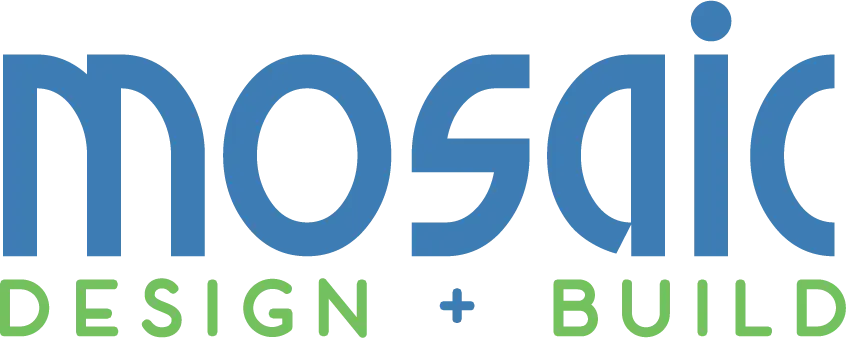
Here are some guidelines (or call them suggestions) for both sides of the aisle when it comes to communicating effectively during the planning and executing phases of a remodeling project in Atlanta or elsewhere.
Pay a lot of attention to how your Client (or Contractor) handles communication right at the beginning. Maya Angelou said this: “When someone shows you who they are, believe them, the first time.” Even though there is always a bit of a honeymoon at the beginning (everyone’s excited, not always for the same or right reasons!), we all show our cards pretty quickly.
If you are having friction early on, expect it to get worse, not better, and deal with it head on and professionally. Explain the problem, listen to the answer, and watch for the action. If everyone’s too happy at the beginning, there may need to be a sobriety test – or a reality check – to ensure that you are all operating on something other than the fantasy channel. You can do this by recapping expectations on both sides of the table regarding scope and costs, even early on, even at the very beginning. Infatuation leads to deflation, which leads to negation.
Learn a system of categorizing different communication styles. If you get in the habit of deciphering how others communicate, you will become much more aware and sensitive to the best ways to adapt and get your messaging across the great divide. There is nothing more challenging than communicating, so efforts to break it down into manageable components help a lot. And others will greatly appreciate your efforts to accommodate them.
I am one who prefers high-level, brief and cogent communication, and I writhe in pain when someone regales me with detail and minutiae (my sister being all too proficient at this form of torturing me, albeit with good intent). So I try very hard to understand what others need so they feel comfortable and respected. MOSAIC Group uses the well-known DiSC system. DiSC is a personal assessment tool used to improve work productivity, teamwork and communication. It is remarkable what this simple 10-15 minute assessment can produce as an aid to communication and collaboration.
Set up regular meetings, e-mail updates, walk-throughs, etc. to create an orderly and systematic protocol for communicating during a project. Stick to whatever you set up. At a Pre-Construction Meeting, dedicate a section to specifically discuss communication – how, when, where, frequency, and by what means (phone, e-mail, text, production management software, chalkboard, etc.). Be very clear about what each mode of communication should be used for and when. All of this sets up a comfort zone for everyone once you have buy-in. Get buy-in and set the expectation. Then, when a problem crops up, you can start by reminding yourself and others that you have a path to help you out of the woods. And work at it!
Source: William Fadul, CR, GCP, Principal, MOSAIC Group [Architects and Remodelers], Atlanta, Georgia
